
Artist Uses 200k Recycled Bottle Caps To Create Venezuela’s First Eco-Mural
Many artists around the globe have begun shifting towards art that draws everyone’s attention to the ever-rising issue of climate change. Not too long ago, Bored Panda covered a story about an artist who made realistic papier mâché masks highlighting the displacement that animals experience. There is also a list of some of the most powerful pieces of art that tell the uncomfortable truth about climate change.
Among these examples, we have yet another artist, 23-year-old Oscar Olivares from Venezuela, who has been making headlines recently with his gigantic mural made from bottle caps. Bored Panda got in touch with Oscar for an exclusive interview.
Artist Oscar Olivares collaborated with OkoSpiri and others to create an impressive mural in Venezuela
Image credits: Oscar Olivares
“Besides the techniques, I have always used my art to be happy and to express what I feel and think,” explained the inspiration behind his art. “I am deeply happy when I am drawing or painting and I want the people that look at my work to feel the same happiness that I feel during the creative process. To be honest, at the end, I didn’t make the decision to become a visual artist—it is just what I am and if I wouldn’t have become an artist, I would have been a totally different person.”
Oscar Olivares, in collaboration with the local environmental organization OkoSpiri and Movimiento en la Arquitectura para el Futuro (eng. Movement in Architecture for the Future), has created a gigantic mural using recycled plastic bottle caps and container lids.
It took 2.5 months to plaster over 200,000 various plastic caps on a wall of a small square, Plaza Escalona in El Hatillo Municipality, Caracas. The mural extends a total of 45 meters in length, measuring 3.5 meters at its shortest point and 7.25 meters at its highest point.
“The initiative came from ONG OkoSpiri—they invited me to participate as the artist of the project of creating the first eco-mural of Venezuela using just bottle cap,” elaborated the young artist. “At first, it sounds impossible, but I did some research and dove deep into pointillism and color. It helped me understand that it was not only possible to make a good mural using caps, but also something hard yet impressive and thus worth it.”
Image credits: OkoSpiri
The mural consists of 200,000 recycled plastic caps to make an extensive 45-meter illustration
Image credits: Oscar Olivares
Over the span of nearly three months, the team went through a number of steps in making the mural a reality: they applied a coat of white paint (donated by Pinturas Pineco CA and OkoSpiri AC), placed a grid for the design, collected the plastic covers (with the help of Multirecicla CA) and cleaned them, prepared the mixture, placed the caps, and added the finishing touches (smoothing, etc).
The end result is a marvelously colorful composition of macaws in their natural habitat. Besides the majestic birds, the mural includes sunflowers, mountains from the El Ávila National Park, and a couple of buildings sinking in the green meadows under a starlit sky, as well as some other small elements.
We asked Oscar to explain the symbolism behind this picture. This is what he had to say:
“The mural begins with the city of Caracas (where the mural is) at night with an arepa moon. The arepa is the most typical food of Venezuela and something that connects all of the people of the country—the rich and the poor. In the sky inspired by Van Gogh, you can see two Ovnis (UFOs) that represents our connection with the outer space. Then, we have some sunflowers and in the most important part of the mural, the four macaws in different sizes and perspectives flying around. You can witness these birds flying around Caracas all the time, they are always in a couple or groups. At the end of the mural, you will see an Araguaney—that is the national tree of Venezuela with the name of the mural “Oko-mural” inspired by ONG OkoSpiri.”
Image credits: OkoSpiri
The impressive mural aims to raise awareness of the ecological issues present in Caracas and beyond
Image credits: Oscar Olivares
The plastic cap mural is reportedly one of the largest ecological murals in South America and the first of its kind in Venezuela. The idea behind the work of art is to raise awareness among the residents of Caracas and beyond about the ecological problems that the country faces.
Besides this, the mural also aims to revitalize this specific area of El Hatillo which has until now been abandoned and has become somewhat of a landfill. This, in turn, brings a breath of fresh air to the communities living in the area.
“To be honest, the most challenging part was something that you don’t really see in the mural—the preparation. Specifically, it was to collect the caps of the necessary colors, especially the yellow ones. As I say, this is not art made by an artist, but art made by the simple people completely by pure awareness,” explained Oscar.
Image credits: OkoSpiri
The mural took 2.5 months to make and can be seen in Plaza Escalona in El Hatillo Municipality, Caracas
Image credits: Oscar Olivares
In one of his Instagram posts, Oscar shared some of his thoughts on what art is and should be: “A happy artist is one who, when he matures, continues painting as he did when he was a child using the painting of his soul and heart. Art is the union of a masterful technique with a pure feeling…” (translated from Spanish).
Lastly, we’ve asked Oscar about future projects, and mural people rejoice! There are more to come: “I have more projects for more murals in Caracas. The next one this year will be made using paints the regular way, but we hope to make more eco-friendly murals in Venezuela and other countries as well. We also want to make an art exhibition with just eco-art. I am personally working on new paintings because I have more art exhibitions soon in Europe, so we have a lot of things to do!”
You can check out more of Oscar’s art on his website, as well as on his social media: Instagram, Facebook, and Twitter.
Image credits: Oscar Olivares
While you’re here, check out some other illustrations made by Oscar Olivares
Image credits: Oscar Olivares
Image credits: Oscar Olivares
Image credits: Oscar Olivares
Image credits: Oscar Olivares
Image credits: Oscar Olivares
Image credits: Oscar Olivares
Image credits: Oscar Olivares
Image credits: Oscar Olivares
Image credits: Oscar Olivares
Image credits: Oscar Olivares
Image credits: Oscar Olivares
Image credits: Oscar Olivares
33Kviews
Share on FacebookAmazing this is what boredpanda is all about! Please give us more of these types of posts!
Amazing this is what boredpanda is all about! Please give us more of these types of posts!

 Dark Mode
Dark Mode 

 No fees, cancel anytime
No fees, cancel anytime 








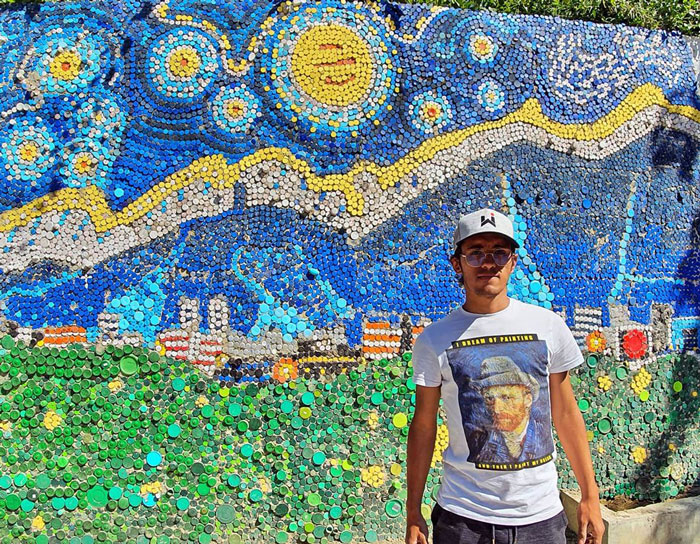

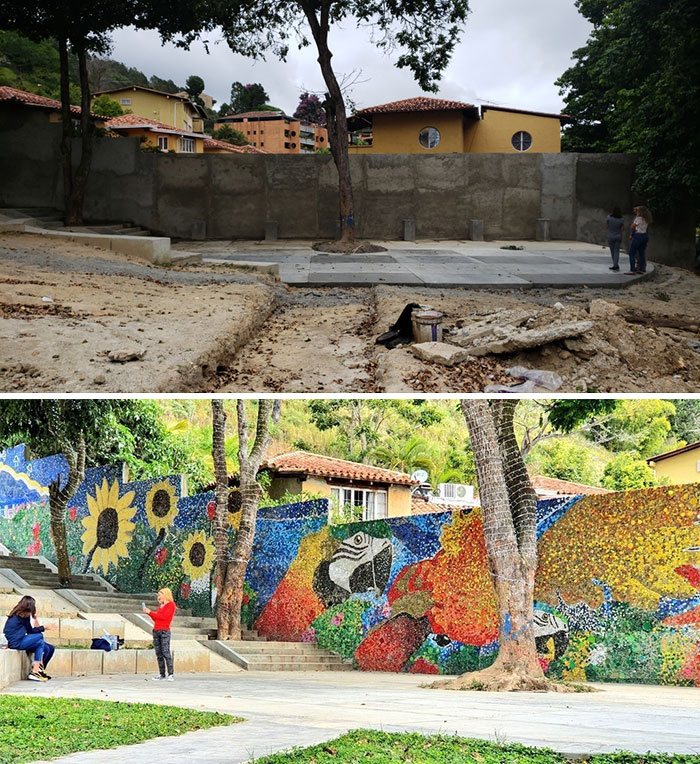
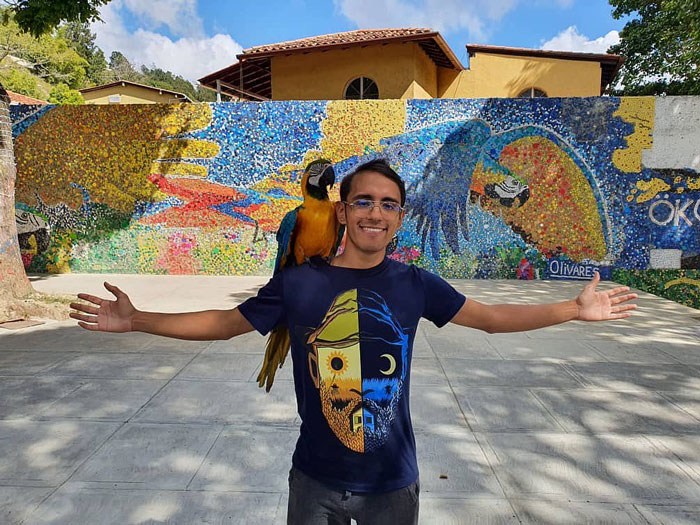


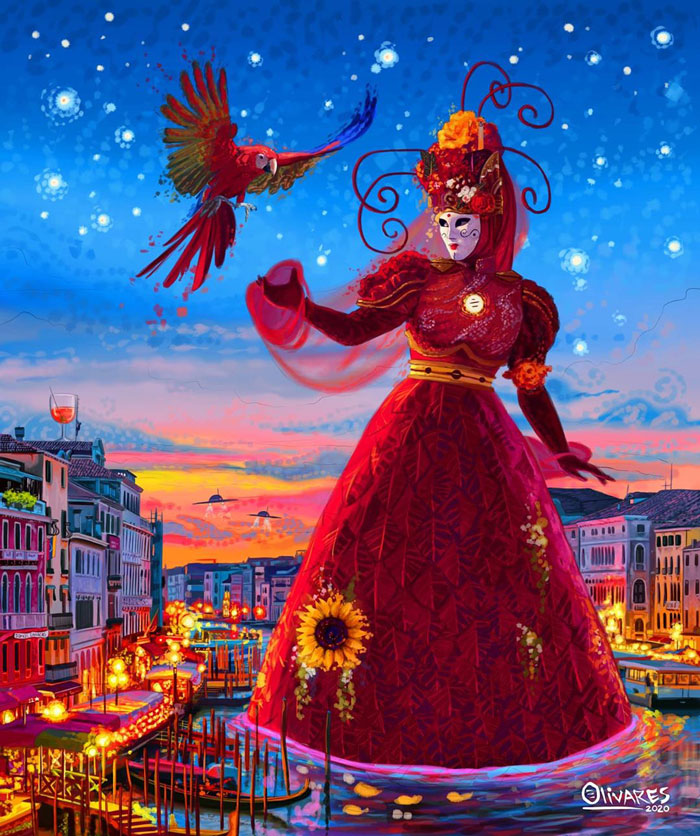
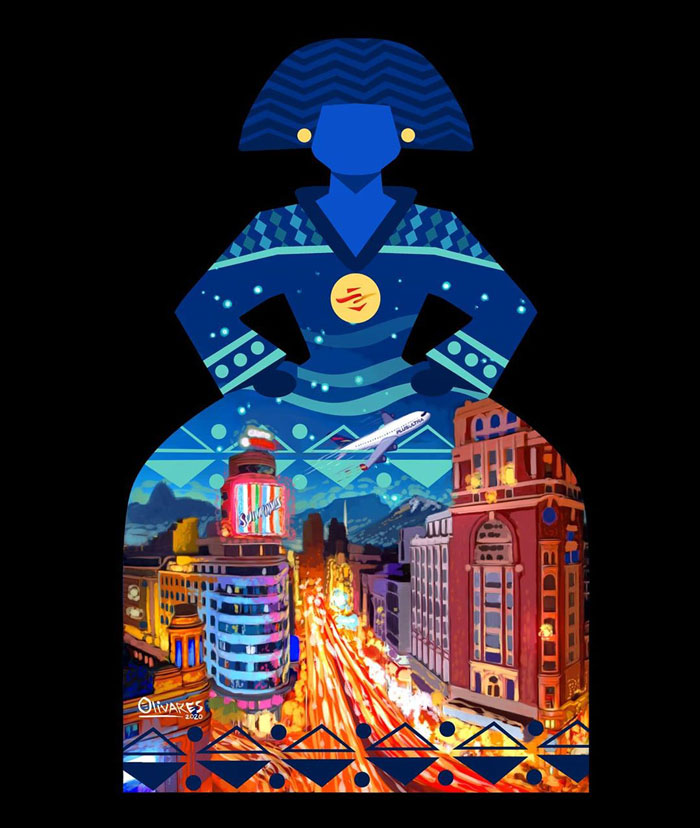




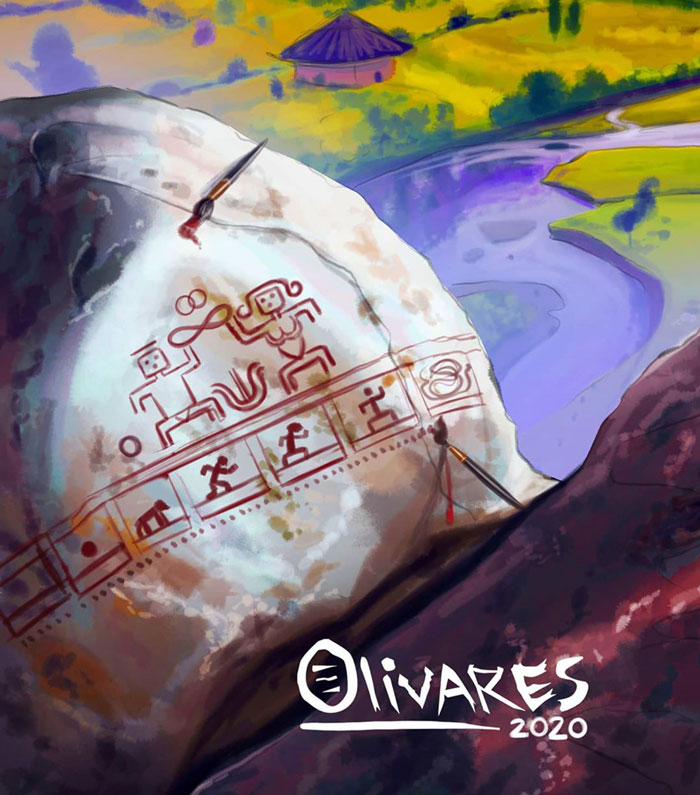
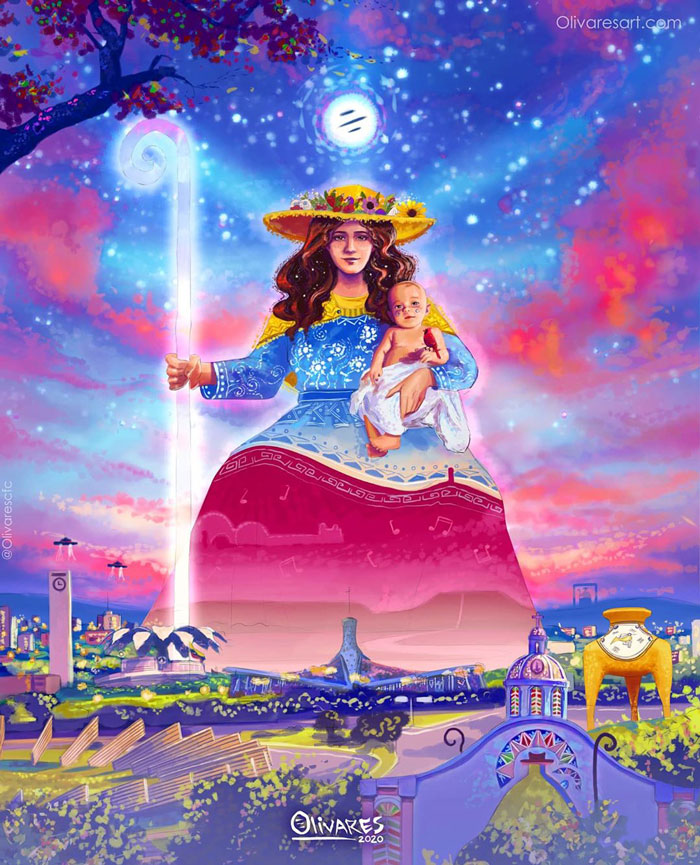

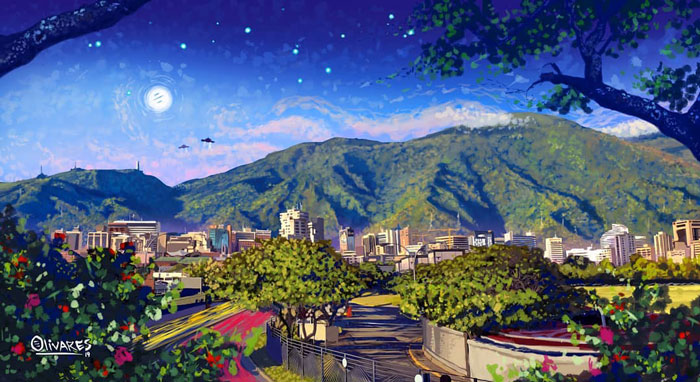













































344
24